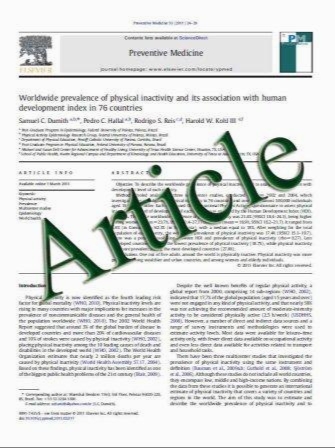Return to theatre in secondary post-tonsillectomy haemorrhage: a comparison of coblation and dissection techniques
- نوع فایل : کتاب
- زبان : انگلیسی
- مؤلف : Ida Amir · Antonio Belloso · Stephen J. BroomWeld · Pradeep Morar
- چاپ و سال / کشور: 2011
Description
The aim of this study is to examine the incidence of return to theatre (RTT) for post-operative haemorrhage following coblation and dissection tonsillectomy and to investigate those that required RTT more than 10 days post-surgery. Retrospective review of post-tonsillectomy haemorrhages requiring RTT from April 2005 to March 2009 was conducted. Of 2,541 tonsillectomies performed, 81% were by coblation and 19% by dissection methods. The overall RTT rate was 1.7%. No diVerence was found in the overall RTT rates for primary and secondary haemorrhage between the two techniques. However, the overall RTT rates for primary and secondary haemorrhage were higher in adults than children (P = 0.0456 and P = 0.0215, respectively). RTT for secondary haemorrhage during the Wrst ten post-operative days occurred in both coblation and dissection tonsillectomy with no signiWcant diVerence. After the Wrst post-operative week, late secondary bleeding requiring RTT occurred only in the coblation group (P = 0.0676). Four patients required blood transfusion; all were in the coblation group, three of which were required during RTT in the late secondary haemorrhage (after 10 days). The post-operative RTT rates for coblation tonsillectomy did not reveal a change of trend over the 4-year study period. Our RTT rate for secondary haemorrhage is higher than earlier published results. A learning curve could not be identiWed in RTT for coblation tonsillectomy haemorrhage. Late secondary haemorrhages requiring surgical intervention have only been identiWed in cases performed by coblation and could potentially be life threatening as 33% (3/9) required blood transfusion. This phenomenon may be explained by a particular physiological healing process associated with coblation.
Eur Arch Otorhinolaryngol DOI 10.1007/s00405-011-1678-8, Received: 9 February 2011 / Accepted: 9 June 2011


